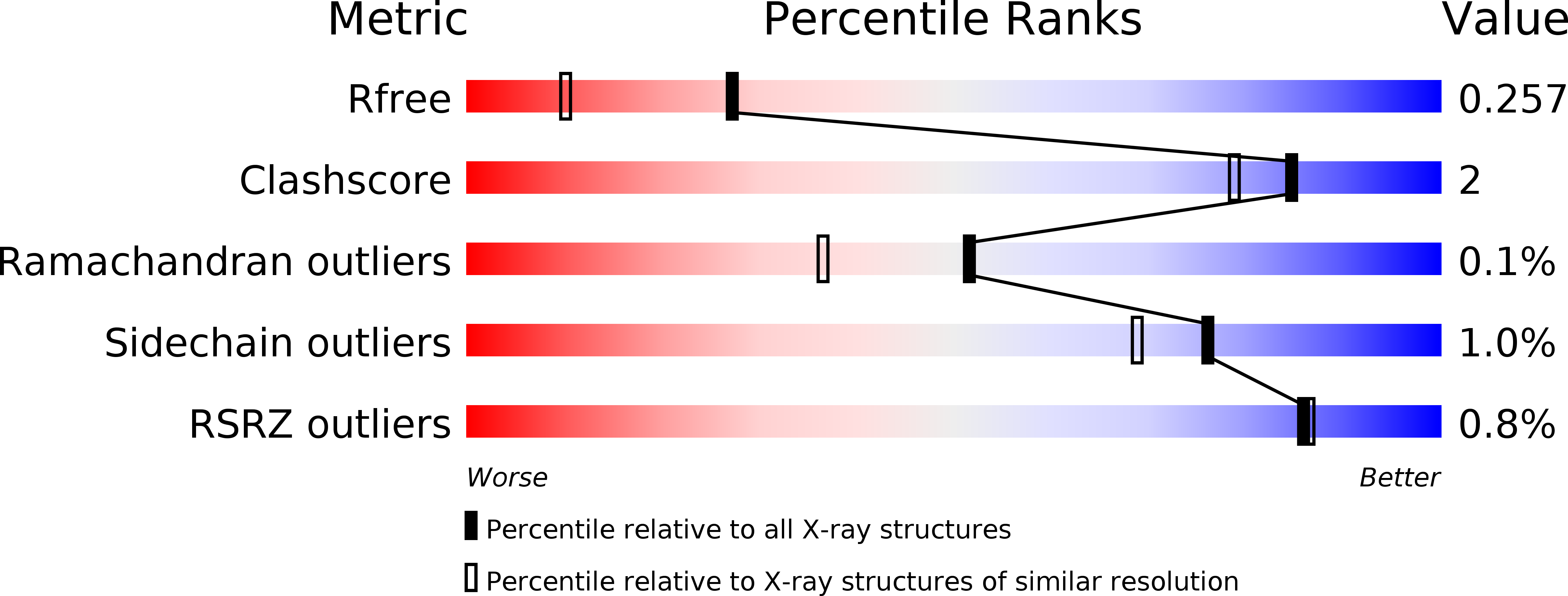
Deposition Date
2006-07-10
Release Date
2006-08-08
Last Version Date
2024-12-18
Method Details:
Experimental Method:
Resolution:
1.85 Å
R-Value Free:
0.24
R-Value Work:
0.21
Space Group:
P 1


